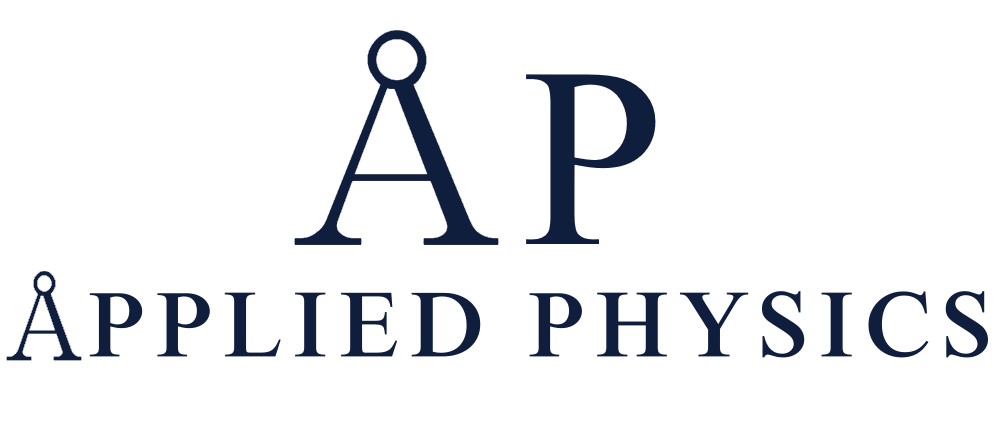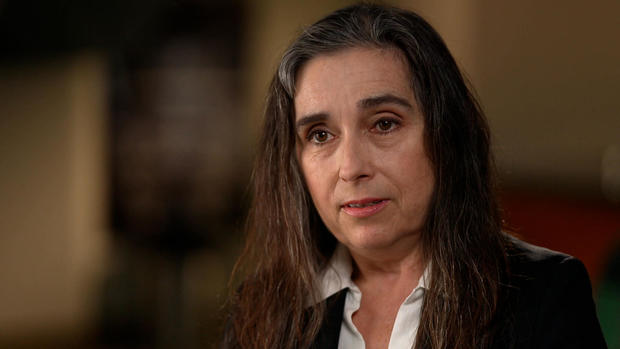On December 5th, scientists at the National Ignition Facility reached a breakthrough in nuclear fusion by producing a reaction with an energy gain. It could be a step toward a world in the distant future where fusion is a source of power.
Inside the nuclear fusion breakthrough that could be a step to unlimited clean energy in the distant future
Last month, the nearest star to the Earth was in California. In a laboratory, for the first time, the world’s largest lasers forced atoms of hydrogen to fuse together in the same kind of energy producing reaction that fires the sun. It lasted less than a billionth of a second. But, after six decades of toil and failure, the Lawrence Livermore National Laboratory proved it could be done. If fusion becomes commercial power one day, it would be endless and carbon free. In other words, it would change human destiny. As you’ll see, there’s far to go. But after December’s breakthrough, we were invited to tour the lab and meet the team that brought star power down to Earth.
Uncontrolled fusion is easy–mastered so long ago the films are in black and white. Fusion is what a hydrogen bomb does, releasing energy by forcing atoms of hydrogen to fuse together. What’s been impossible is harnessing the fires of Armageddon into something useful.
The U.S. Department of Energy’s Lawrence Livermore National Laboratory helps maintain nuclear weapons and experiments with high-energy physics. An hour east of San Francisco, we met Livermore’s director, Kim Budil, in the lab that made history, the National Ignition Facility.
Kim Budil: The National Ignition Facility is the world’s largest, most energetic laser. It was built starting in the 1990s, to create conditions in the laboratory that had previously only been accessible in the most extreme objects in the universe, like the center of giant planets, or the sun, or in operating nuclear weapons. And the goal was to really be able to study that kind of very high-energy, high-density condition in a lot of detail.
The National Ignition Facility, or NIF, was built for $3.5 billion to ignite self-sustaining fusion. They tried nearly 200 times over 13 years. But like a car with a weak battery, the atomic ‘engine’ would never turn over.
Scott Pelley: NIF drew some nicknames.
Kim Budil: It did. For many years the “Not Ignition Facility”, the “Never Ignition Facility.” More recently the “Nearly Ignition Facility.” So, this recent event has really put the Ignition in the NIF.
Ignition means igniting a fusion reaction that puts out more energy than the lasers put in.
Kim Budil: So if you can get it hot enough, dense enough, fast enough, and hold it together long enough, the fusion reactions start to self-sustain. And that’s really what happened here on December 5th.
Last month, the laser shot fired from this control room put two units of energy into the experiment, atoms began fusing, and about three units of energy came out. Tammy Ma, who leads the lab’s laser fusion research initiatives, got the call while waiting for a plane.
Tammy Ma: And I burst into tears. It was just tears of joy. And I actually physically started shaking and– and jumping up and down in, you know, at the gate before everybody boards. Everybody was, like, “What is that crazy woman doin’?”
Tammy Ma is crazy about engineering.
She showed us why the problem of fusion would bring anyone to tears. First, there’s the energy required which is delivered by lasers in these tubes that are longer than a football field.
Scott Pelley: And how many are there altogether?
Tammy Ma: 192 total lasers.
Scott Pelley: Each one of these lasers is one of the most energetic in the world and you have 192 of them.
Tammy Ma: That’s pretty cool right?
Well, pretty hot actually, millions of degrees, which is why they use keys to lock up the lasers.
The beams strike with a power 1,000 times greater than the entire national power grid. Your lights don’t go out at home when they take a shot because capacitors store the electricity. In the tubes, the laser beams amplify by racing back and forth and the flash is a fraction of a second.
Tammy Ma: We have to get to these incredible conditions; hotter, denser than the center of the sun and so we need all of that laser energy to get to these very high energy densities.
All that wallop vaporizes a target nearly too small to see.
Scott Pelley: Can I hold this thing?
Michael Stadermann: Absolutely
Scott Pelley: Unbelievable. Absolutely amazing.
Michael Stadermann’s team builds the hollow target shells that are loaded with hydrogen at 430 degrees below zero.
Michael Stadermann: The precision that we need for making these shells is extreme. The shells are almost perfectly round. They have a roughness that is a hundred times better than a mirror.
If it wasn’t smoother than a mirror, imperfections would make the implosion of atoms uneven causing a fusion fizzle.
Scott Pelley: So these need to be as close to perfect as humanly possible.
Michael Stadermann: That’s right. That’s right, and we do think they are among the most perfect items that we have on Earth.
Stadermann’s lab pursues perfection by vaporizing carbon and forming the shell out of diamond. They build 1,500 a year to make 150 nearly perfect.
Michael Stadermann: All the components are brought together under the microscope itself. And then the assembler uses electromechanical stages to put the parts where they’re supposed to go– move them together, and then we apply glue using a hair.
Scott Pelley: A hair?
Michael Stadermann: Yeah. Usually something like an eyelash or is similar, or a cat whisker.
Scott Pelley: You apply glue with a cat whisker?
Michael Stadermann: That’s right.
Scott Pelley: Why does it have to be so small?
Michael Stadermann: The laser gives us only a finite amount of energy, and to drive a bigger capsule we would need more energy. So it’s a constraint of the facility that you’ve seen that is very large. And despite its big size, this is about what we can drive with it.
Scott Pelley: The target could be larger, but then the laser would have to be larger.
Michael Stadermann: That’s right.
On December 5th, they used a thicker target so it would hold its shape longer and they figured out how to boost the power of the laser shot without damaging the lasers.
Tammy Ma: So this is an example of a target before the shot…
Tammy Ma showed us an intact target assembly. That diamond shell you saw is inside that silver-colored cylinder.
This assembly goes into a blue vacuum chamber, three stories tall. It’s hard to see here because it’s bristling with lasers and instruments.
This instrument they call Dante because, they told us, it measures the fires of hell. One physicist said, “You should see the target we blasted December 5th.”
Which made us ask, “Could we?”
Scott Pelley: Have you seen this before?
Tammy Ma: This is the first time I’m seeing it.
Read More at Source: Inside the nuclear fusion breakthrough that could be a step to unlimited clean energy in the distant future – CBS News


